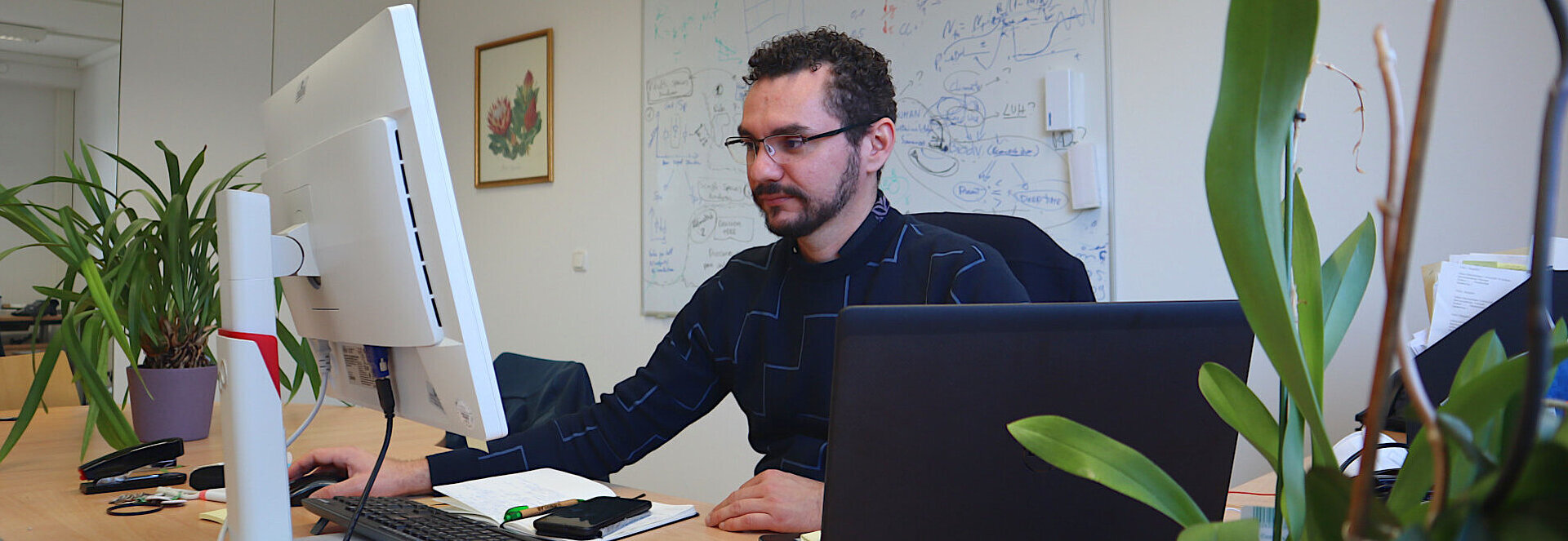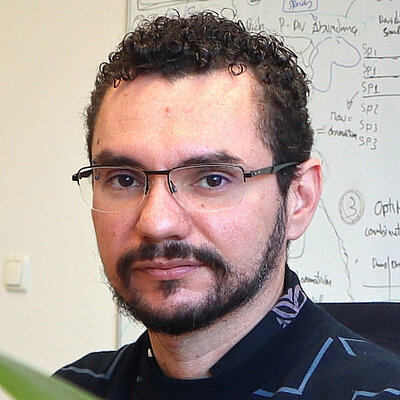Biodiversity Dynamics under Environmental Change
The variations of biological life are present all around us. At the University of Würzburg, Juliano Sarmento Cabral and his working group, members of the bayklif research network, focus on computer-based experiments to understand how biodiversity varies across scales, in particular due to human activities.
Biodiversity is Multi-Dimensional
Biodiversity can be expressed locally within organisms, such as in leaves that differ in form and aspect depending on solar exposure, or regionally within populations, such as individuals with different genomes. It can also be seen within communities, within ecosystems and so on up to the diversity of life forms and ecosystems on the entire Earth.
Understanding how all this diversity of life structures itself across space and time constitutes one of the biggest challenges of modern biological research given the threat to ecosystems and human well-being from impending environmental change and biodiversity loss caused by human activities.
To tackle this immense challenge, Sarmento Cabral and his team employ several approaches, from monitoring of natural and human-dominated landscapes to creating experimental frameworks both in the field and on the computer.
Modeling Biodiversity Change
Sarmento Cabral and his team perform experiments with so-called mechanistic biodiversity models: simplified representations of the world that integrate the most influential mechanisms and factors that influence biodiversity change. For example, such models can simulate how a rise in temperature increases the metabolisms of plants and insects. This in turn can further speed up population dynamics, causing a faster depletion of resources and intensifying the competition among individuals and species. Exploring these cascading effects across scales can thus provide valuable insights in the fight against biodiversity loss.
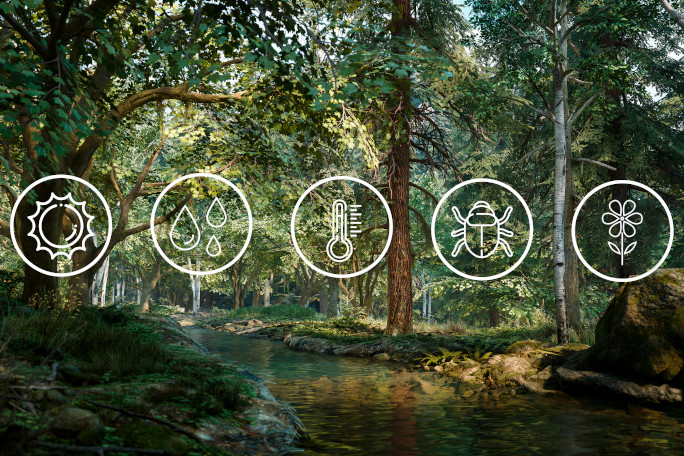
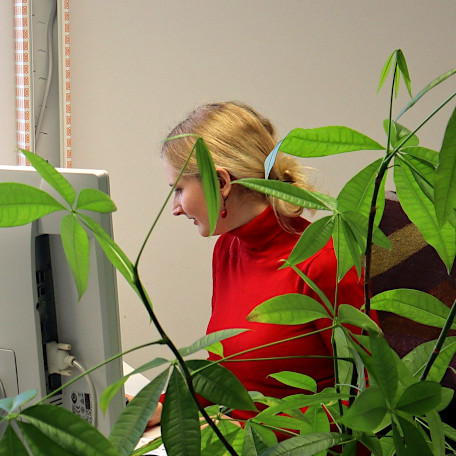
Holistic Approach to Studying Biodiversity
Pristine natural environments are becoming rarer and more threatened given the pervasive influence of humans on the landscapes and climate. As a result, biodiversity is changing in both natural and human-dominated landscapes. Here, linking a biodiversity approach with ecosystem, economic and land-use models is ultimately key to a holistic approach to ecosystems in which humans play a large role. Moreover, contrasting simulation results with empirical data is extremely important to improve the usefulness of the models.
Via collaborations with modelers and empiricists from different areas of research, Sarmento Cabral’s group participates in a transdisciplinary project for modeling the effects of climate change on Bavarian ecosystems, biodiversity and land-use ('Blick in die Zukunft', BLIZ). This group of researchers is embedded within a larger network of consortia―the Bavarian Climate Research Network (bayklif).
The Bavarian Climate Research Network (bayklif)
Within the five-year period (2018–2023) of bayklif, five interdisciplinary research associations (involving 36 subprojects) and five junior research groups will be financed by the Bavarian State Ministry of Science and the Arts with a total sum of €18 Mio.
Objectives:
- Improving the knowledge of the ecological and social consequences of climate change
- Developing procedures, strategies and models aimed at mitigating climate change
- Assessing and designing approaches and policy instruments for climate protection and adaptation
Research Associations:
- AquaKlif – Influence of multiple stressors on watercourses in climate change
- BayTreeNet – Talking Trees
- BAYSICS – Bavarian Citizen Science Information Platform for Climate Research and Science Communication
- BLIZ – Looking into the future: interactions between society, land use, ecosystem services and biodiversity in Bavaria until 2100
- LandKlif – Effects of climate change on biodiversity and ecosystem services in semi-natural, agricultural and urban landscapes and strategies for management of climate change
Junior Research Groups enabling aspiring junior scientists to establish themselves within their research field with their own group:
- ADAPT – Adaptation of Alpine Pollinators in Times of Global Change
- BayForDemo – Strategies for adapting Bavarian forests to climate change based on the simulation of demographic processes
- Cleanvelope – Climate and energy active building envelopes as component of climate oriented urban development
- HyBBEx – Hysteresis Effects in Bavarian Beech Forest Ecosystems through Climate Extremes
- MIntBio – Climate change impacts on biological diversity in Bavaria: multidimensional integration for better biodiversity projections
Results Showing Biodiversity Changes
Based on the findings of the research group, noticeable changes can already be seen in the distribution and abundance of insect life as well as of terrestrial and aquatic plant species in the near future, even under scenarios of climate mitigation policy. The funding provided by the State of Bavaria was crucial in the development of several models, which can be further applied to systems beyond Bavaria and ultimately contributes to the progress of biodiversity research globally.
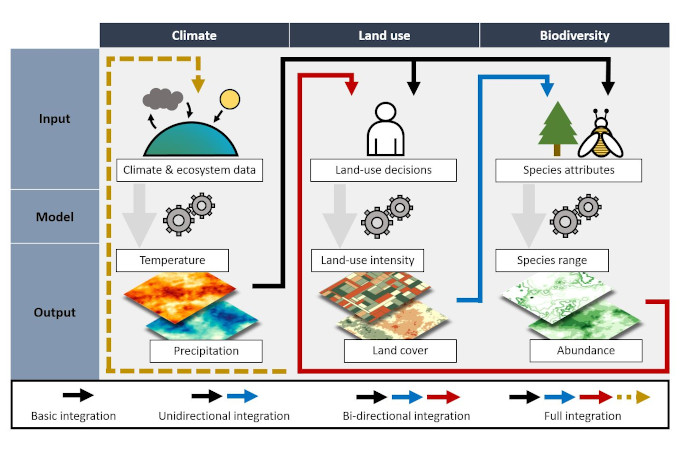
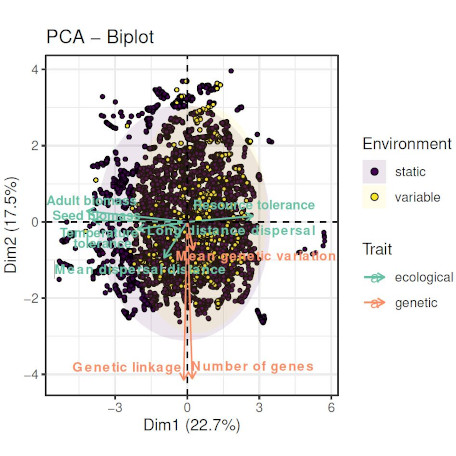
Developing an International Career
Juliano Sarmento Cabral first came to Germany in 2005 from Brazil for an intensive German course and subsequent PhD at the University of Potsdam and continued working in Germany as researcher and group leader.
He began as a non-tenure-track junior professor for Ecosystem Modelling at the Center for Computational and Theoretical Biology (CCTB). As he puts it, "This newly founded multidisciplinary research and teaching center propelled my research and teaching profile to internationally competitive levels for later career stages." Sarmento Cabral also benefitted from an extensive international network that involved, e.g., field work in Panama, Brazil and Kenya, organizing international summer schools and supervising international PhD students. "It is incredibly satisfying to have already contributed to building human capacity of the next generation of biologists able to tackle the challenges imposed by human activities upon biodiversity. I welcome researchers across the globe who are interested in working in my lab on such challenges!"
Sarmento Cabral encourages all young researchers to jump at the chance to travel, network and meet potential collaborators by attending seminars, conferences and meetings. They should educate themselves regarding work conditions, in particular job security. With an eye to how competitive the academic environment is, he recommends practicing English writing skills, particularly proposals for funding, and learning novel computational tools. Sarmento Cabral advises young researchers to "seek funding, even as a PhD student, and feel free to question professors and postdocs. They are some of your greatest resources!"
More about the University of Würzburg



